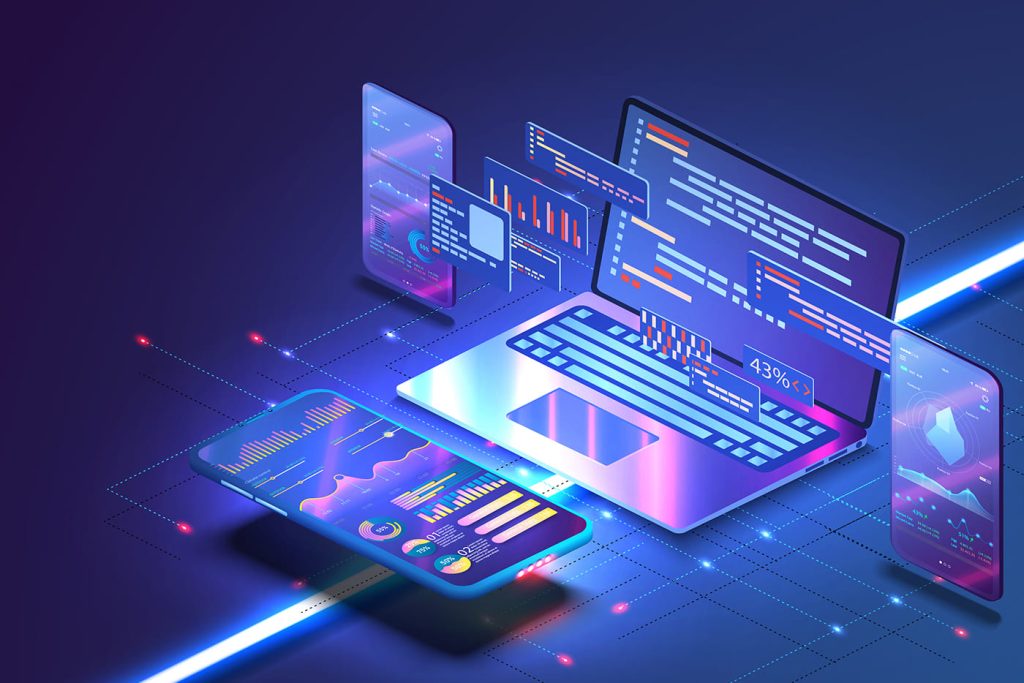The Internet of Things (IoT) is a concept that is rapidly changing the way we live, work, and interact with technology. As more and more devices become connected to the internet, the possibilities for innovation and automation are endless. From smart homes and cities to connected cars and wearable technology, the IoT is revolutionizing the way we think about the digital world.
But what exactly is the IoT, and how does it work? In simple terms, the IoT refers to the network of physical devices, vehicles, and other objects that are embedded with sensors, software, and connectivity capabilities that enable them to collect and exchange data. These devices can range from everyday objects like thermostats and light bulbs to more complex systems like industrial machinery and medical equipment.
The key to the IoT is the ability of these devices to communicate with each other and with other systems over the internet. This allows for real-time monitoring, control, and automation of processes and tasks, leading to increased efficiency, productivity, and convenience.
One of the most common examples of the IoT in action is the smart home. With the rise of smart thermostats, lighting systems, security cameras, and appliances, homeowners can now control and monitor their homes from anywhere in the world using a smartphone or other connected device. This not only helps to save energy and reduce costs, but also adds a new level of convenience and security to everyday life.
But the IoT is not limited to the home – it is also being used in a wide range of industries and applications. In healthcare, for example, connected medical devices and wearables are enabling patients to monitor their health conditions and share data with healthcare providers in real time. This has the potential to improve outcomes and reduce healthcare costs by allowing for more personalized and timely care.
In agriculture, sensors and connected devices are helping farmers to monitor soil conditions, crop growth, and livestock health, leading to more efficient and sustainable farming practices. In manufacturing, the IoT is being used to optimize production processes, reduce downtime, and improve product quality through real-time monitoring and analysis of equipment and systems.
The IoT is also playing a key role in the development of smart cities. By integrating sensors and connectivity into infrastructure like transportation systems, public utilities, and buildings, cities can become more sustainable, efficient, and livable. For example, smart traffic lights can optimize traffic flow and reduce congestion, while smart energy grids can monitor and adjust energy use in real time to reduce waste and carbon emissions.
But while the IoT offers many benefits and opportunities, it also raises concerns about privacy, security, and data protection. With so many devices collecting and sharing data, there is the potential for sensitive information to be compromised or misused. As more devices become connected, it is crucial for companies, governments, and individuals to take steps to ensure the security and privacy of IoT systems and data.
Overall, the Internet of Things is a powerful and transformative technology that has the potential to reshape the way we live, work, and interact with the world around us. By connecting everyday objects and devices to the internet, the IoT is enabling new levels of automation, efficiency, and convenience in our lives. As the IoT continues to evolve and expand, it is important for us to embrace its potential while also addressing the challenges and risks that come with it. By working together to build a secure and responsible IoT ecosystem, we can create a future where connected devices enhance our lives and make the world a better place.

